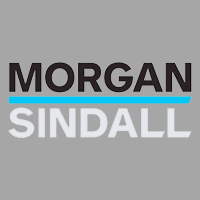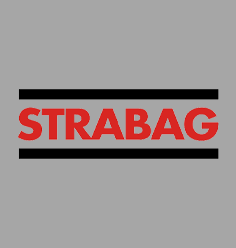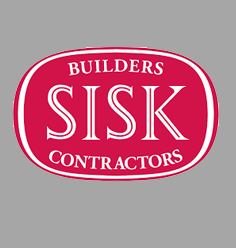Respect: the key to positive workplace outcomes?
What are the most important attributes of a positive safety culture? Data from Safety Diagnostics reveals that building a culture of mutual respect results in improved behaviour and better safety outcomes.
This requires a shift away from command-and-control styles of management. Managers need to embrace a looser and more empowered environment.
We took a deep dive into the Safety Diagnostics data bank to find out the factors influencing respect in the workplace. This data set is made up of more than 60,000 individual cases, drawn from many projects and companies in the UK and Irish construction sector.
There are three key statements, measured on a five point agreement scale that are the strongest indicator of self reported positive behaviour in the workplace
- I am valued and respected by my line manager
- I am valued and respected by my workmates
- I am valued and respected by senior managers
Respondents who scored highly on these responses were also more likely to report:
- Stopping someone who was working unsafely
- Reporting something unsafe
- Submitting an observation card
Conversely, those who scored lower on these agreement scales were more likely to report negative attitudes and behaviours in the workplace, notably:
- Working when unsafe
- Working when too tired
- Using a mobile phone in the wrong place
- Experiencing a workplace accident or injury
- Hitting underground services
What is likely to erode respect in the workplace?
Although it isn’t possible to establish a causal link, it’s clear that when people are at high risk from stress, they are also less likely to feel respected. The chart below compares responses from people who identified themselves as at High, Medium or Low risk of workplace stress and there responses to the respect agreement statements:
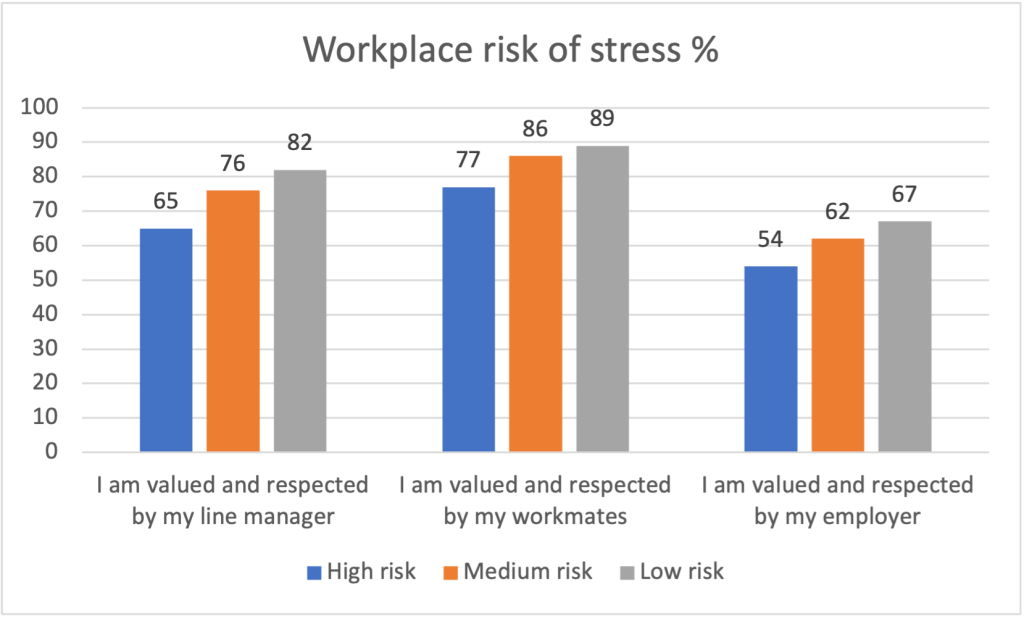
There is a significant correlation between the extent to which people perceive themselves to be at risk of stress and their perception of being valued by their line manager, workmates and employer. Of course, there is a chicken and egg question here: is the experience of stress making people feel less valued and respected, or is the feeling of not being valued and respected creating stress?
The next set of comparisons seems to suggest a more direct causal link. We compared the experiences of people who reported witnessing or experiencing bullying or harassment in the workplace with the population as a whole. This was a simple, dichotomous yes/no question, asking people if they had experienced this type of behaviour in the last month.
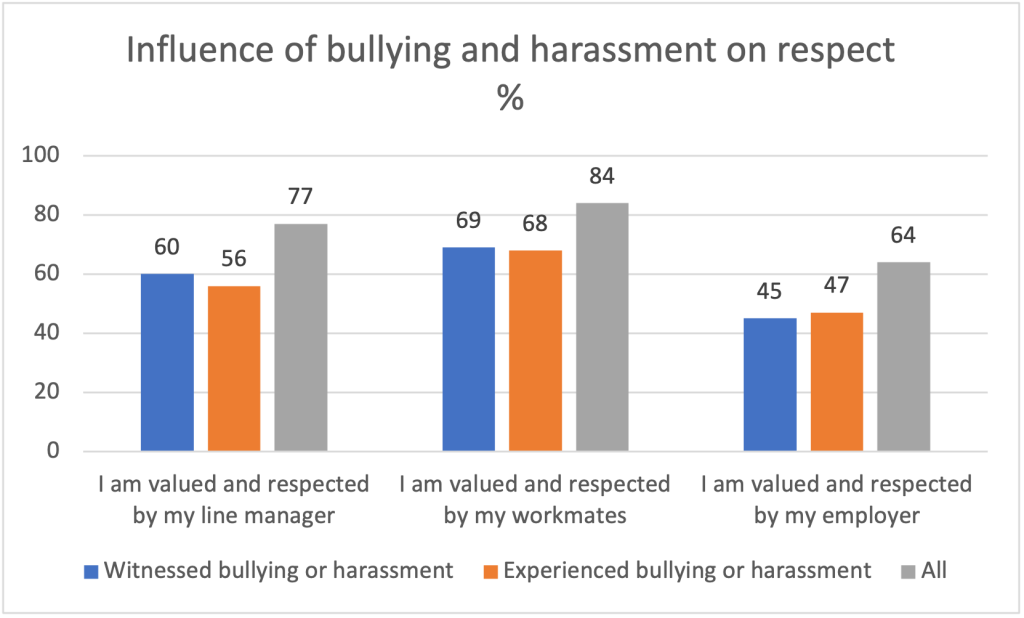
It’s clear that bullying or harassment in the workplace has an impact on the degree to which people feel valued and respected. Notably, this impacts those who have witnessed this behaviour almost to the same extent as those who have experienced this behaviour. Bullying and harassment is toxic behaviour for everyone in the environment.
What has a positive impact on respect in the workplace?
We’ve started by looking at what negatively impacts feelings of mutual respect in the workplace but there is plenty of evidence for what helps to build workplace trust and respect. We asked people to rate workplace fairness on a three point scale: Really good; Fit for purpose; Could be better. Correlating this question with the three ‘respect’ statements, there is a strong link between perceptions of workplace fairness and respect. This holds for relationships with line managers and between colleagues. The strongest link, however, is in perceptions of employers. If a workplace is not perceived to be fair, people do not believe they are valued and respected by their employer.
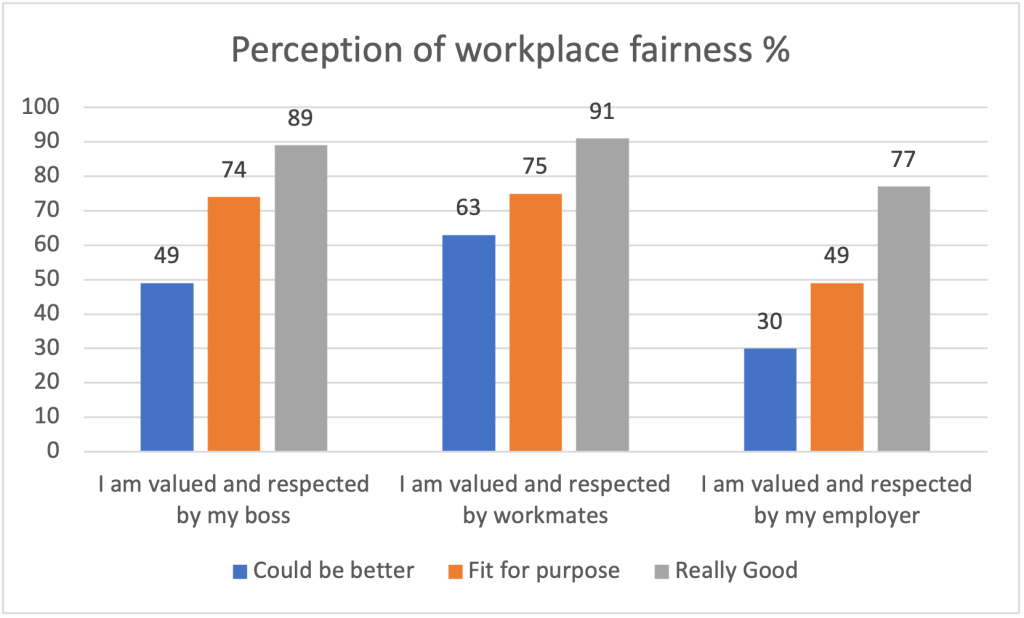
Where to start in improving the perception of workplace fairness? A key factor in our survey data (for all sorts of things!) is the extent to which people feel praised for working well or blamed unfairly. The chart below illustrates the relationship between praise and blame and respect:
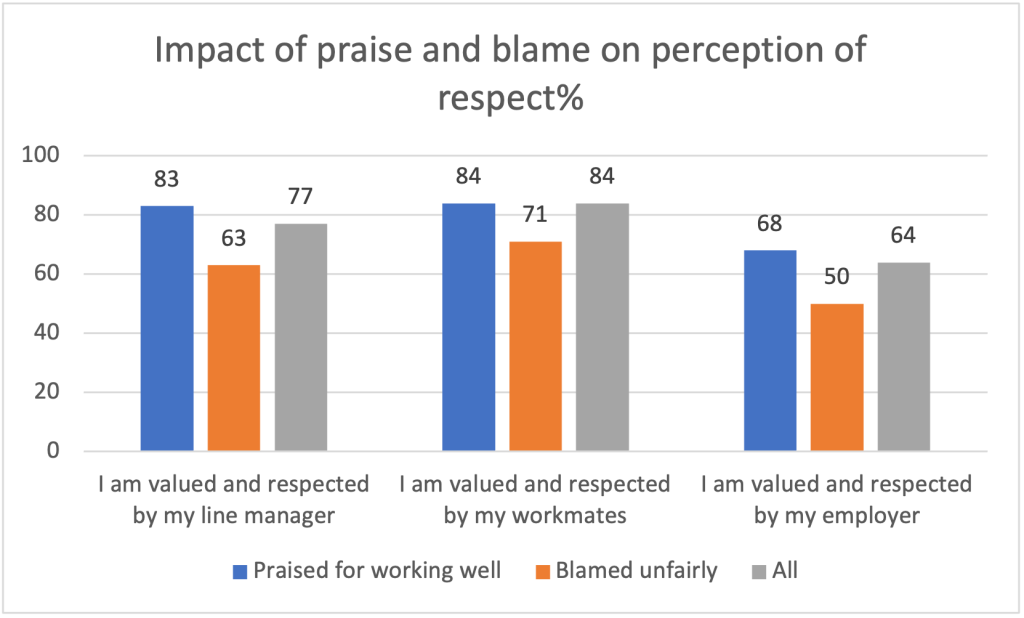
Experiencing praise for working well increases the perception of being valued and respected by line managers and employers, while being blamed unfairly significantly erodes that perception.
Line managers can have a positive impact on perceptions of respect. In particular, having open and honest discussions with colleagues and setting a good example are likely to impact the extent to which people feel valued and respected in the workplace.
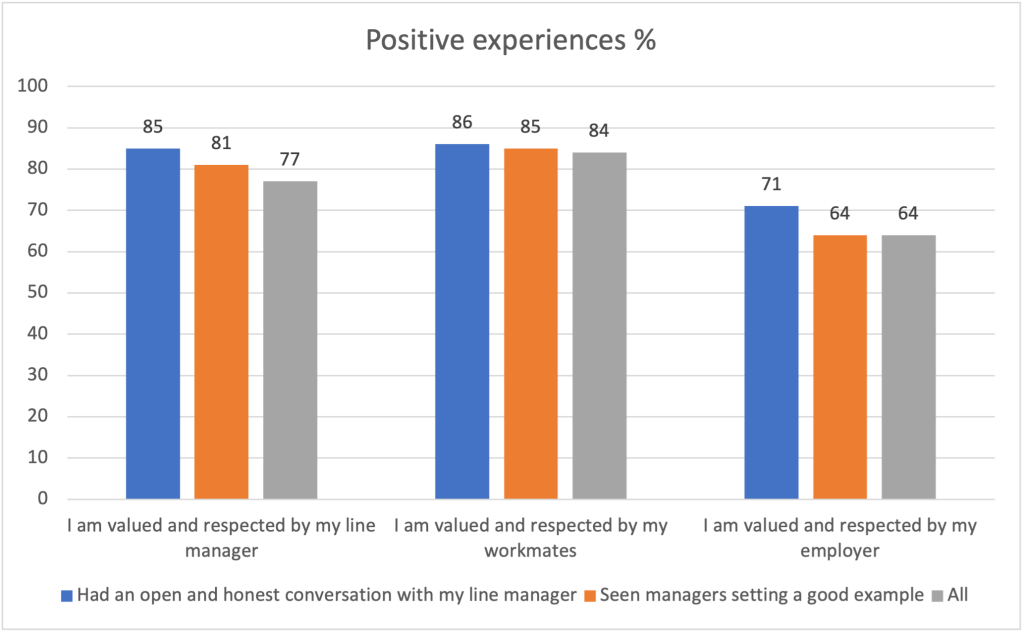
In summary
- Respondents who feel highly valued and respected in the workplace are more likely to report positive safety behaviour
- Conversely, respondents who score lower on the respect scale questions are more likely to demonstrate negative attitudes and risk prone behaviour
- Perception of high risk from workplace stress is associated with lower agreement with respect statements
- In a working environment where bullying and harassment is present, everybody feels less respected
- Being praised for good work increases perception of being valued and respected, while being blamed unfairly reduces reduces perception of respect
- Respect scores higher in environments where the workplace is perceived to be fair
- Managers can encourage mutual respect by frank and open discussion and setting a good example (walking the walk!)
The Safety Diagnostics dataset is large and robust. While it is not possible to establish a causal link, it seems clear that creating a fair workplace, engaging with people, asking for their views and praising good work and behaviour is likely to result in a safer workplace.


